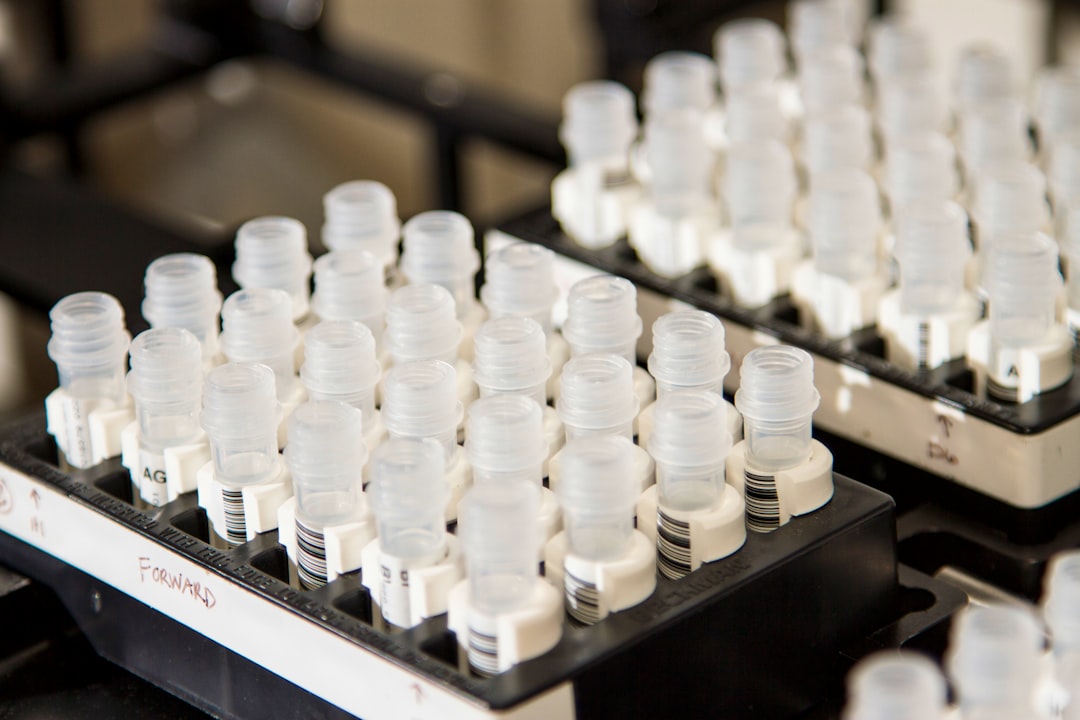
Culinary tourism in Yogyakarta is very diverse, ranging from traditional or Fast food. Traditional menus include gudeg, oseng mercon, satay kere, lethek noodles and others. In addition, Yogyakarta also has a phenomenal cuisine that is phenomenal. Among other things the king or Sultan's favorite dishes from appetizer to dessert, such as Javanese salad, Blawong rice, Chili kethok, brongkos asat chicken, empal gudeg, savory rice, Javanese steak, pandekoek, manuk enom, kolak kencana, wedang secang, Javanese beer , and others. Gastronomy is the main motive behind the actors who prepare it and who provides food and beverage needs. The taste of Yogyakarta's palace cuisine is influenced by many foreigners, such as the Dutch, Chinese and Portuguese. The use of cooking techniques according to ingredients such as sauteing, boiling, steaming, frying and others, which are commonly used with tradition produces a strong taste of cuisine. In this study will analyze how the cooking methods typical of the palace, tools and materials used, in order to preserve the special food of the Yogyakarta palace. The purpose of this study was to determine the method of cooking typical cuisine of the palace, tools and materials used, in order to preserve the special food of the Yogyakarta palace. To achieve this goal, the activity plan will be carried out for 1 year, firstly compiling the manuscript / recommendation for preserving typical foods of the palace with the main focus on the process of cooking, cooking utensils, and raw materials. The research method is primary data collection with survey techniques and questionnaire techniques. Researchers used a sample of 4 main dishes, 4 snack dishes, and 2 drinks were selected using the Purposive Sampling Technique. The technique used is Semantic Differential.



